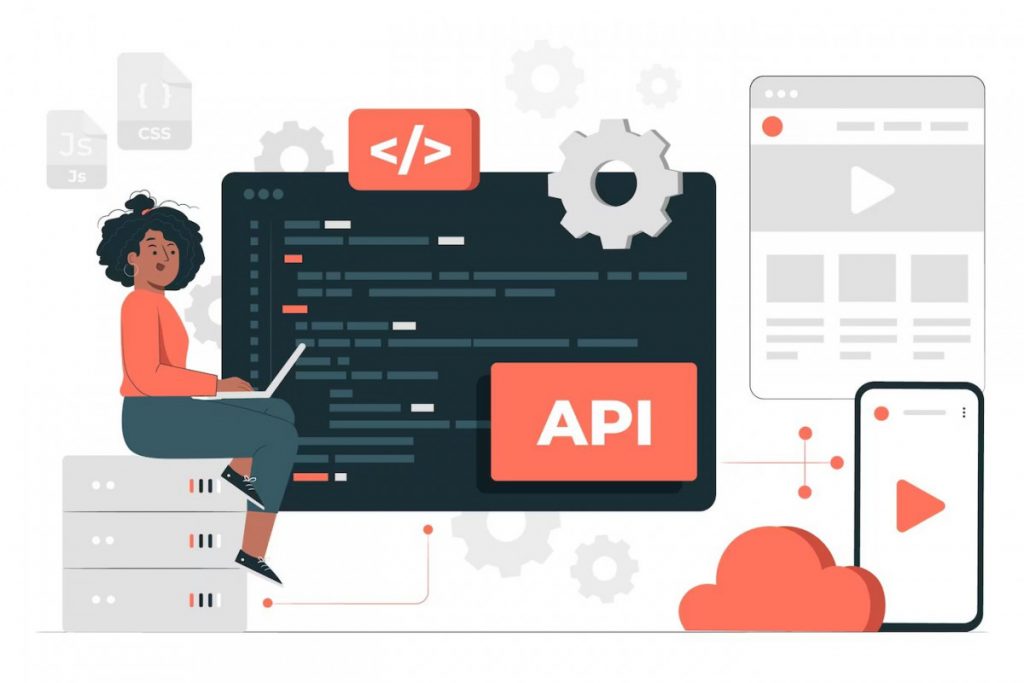IATA codes are the unsung heroes of the complex web of the travel business, where accuracy and speed are critical and every second counts. These little alphanumeric codes bear the responsibility of guaranteeing smooth identification and communication throughout the worldwide aviation network. As we set out on our adventure, we’ll examine the importance of IATA codes as well as the revolutionary role the IATA Codes API plays in decomposing the complicated world of data retrieval.
Unveiling the Power of IATA Codes API
Let us begin with the basics, the essential ideas behind IATA codes. These codes serve as a common language in the travel sector and are issued to airlines, airports, and cities. Now picture a clever solution that serves as a gateway, simplifying access to this enormous amount of data: the IATA Codes API.
Adopting the API is not just a decision for developers and companies—it’s a calculated move. The benefits are numerous, ranging from guaranteeing data accuracy that serves as the cornerstone of dependable travel-related apps to unleashing efficiency through real-time information.
User-friendly Integration
This API is not your typical one. The user-friendly documentation of the IATA Codes API is a strong point, as it builds a smooth connection between developers of all skill levels and sophisticated coding. Its simplicity—how easily it interfaces with other programming languages—is what draws attention to it.
Imagine a vast collection of information; here is the code repository for the API. With an extensive database spanning airlines, airports, and towns worldwide, it is a veritable goldmine for developers looking to add precision to their applications.
To step into this realm of aviation data, developers take simple yet crucial steps—registering and obtaining an API key. This key, more than just a string of characters, becomes the passport, the gateway to a world of IATA codes, and it plays a pivotal role in authentication and tracking usage.
Navigating through the API requires an understanding of its endpoints. Airlines, airports, cities—these are the ports of entry into a realm of information. Developers not only navigate but also grasp practical examples of API requests for hands-on comprehension. Now, let’s witness the IATA Codes API in action. Imagine an airline or travel agency website elevated to new heights—displaying not just information but accurate and dynamic flight data. This is not fiction; it’s the reality shaped by the API.
Flight Labs API
Thanks to the Flight Labs API, customers can now readily access worldwide aviation data for both historical and current flights, as well as a sizable database of airline routes and other current aviation-related information. This RESTful API provides information about flights, airports, airlines, and other topics.
To start the display API request and create an API connection, click “run”. Simple HTTP GET URL patterns and the lightweight JSON format are used to send responses to REST API requests. An Example of an API Request:

Updates on the status of flights in real time throughout the world may take a few seconds to appear. A real-time data link with one of the most advanced aviation data vendors available today enables this low latency and high frequency of data updates.
Since their system contains three months’ worth of historical global flight data, the FlightLabs API has access to historical flight data, including routes, flight numbers, locations, dates, times, airports, terminals, gates, aircraft, and other information. More information is available in the API documentation.



